When we talk about handmade rugs, we’re talking about an art form that spans thousands of years and crosses many borders. There are probably hundreds, if not thousands, of different types of rugs around the world, each with its own story, style, and tradition. Persian rugs, though, hold a special place. Persian simply means they’re made in Iran, but that doesn’t begin to cover the depth and beauty of what they represent.
Persian rugs aren’t just beautiful objects; they’re woven histories. Each region, each city, each tribe has its own way of knotting, dyeing, and designing. The Tabriz rugs you might see, for example, are entirely different from those made in Kerman or Balouchistan. The patterns, the colors, and the way they feel underfoot, they’re all unique. And it’s this variety that has captured people’s imaginations for centuries.
So, whether you’re here because you’re considering adding a Persian rug to your home or you’re just curious about what makes them so special, let’s dive into some of the most captivating types and what sets them apart.
Categories of Persian Rugs
Persian rugs come in three main categories—each shaped by the unique environments and lifestyles of their weavers. From the rugged beauty of nomadic rugs to the structured elegance of city pieces, each category offers something different for the eye and soul.
Nomadic and Tribal Rugs
Nomadic and tribal rugs are woven reflections of the lives and histories of their creators. Originally made for personal use, these rugs showcase tribal elements and symbols tied to the beliefs and artistic expressions of their makers. Crafted by nomadic tribes across Iran, these designs capture the essence of traditional life. Although weaving declined among major nomadic tribes in the 1970s due to changes in lifestyle and government policies, these rugs remain as cultural artifacts that preserve the legacy of their creators.

Caravan of Qashqai People, Iran
Village Rugs
Village rugs bring a rustic charm and character that’s hard to find in other types. Often named after the villages or market centers where they were woven, these rugs are known for their bold, stylized designs and the charming quirks that come from using simpler, vertical looms. You might notice slight variations in width, irregular sides, or small imperfections in the patterns—each a mark of the human touch that crafted them. Made with wool warps, village rugs are sturdy and carry a natural, textured appeal that’s both down-to-earth and beautiful.

A Village Woman Weaving a Persian Heriz Rug
City and Workshop Rugs
City and workshop rugs represent the height of Persian rug craftsmanship and refinement. As weaving techniques advanced, urban centers became known for producing luxurious rugs that symbolized social status and artistry. Renowned master weavers in cities like Isfahan, Tabriz, and Kashan crafted rugs with intricate patterns, often signing their work to mark its origin and quality. Although many of these rugs are associated with specific cities, their influence extends far beyond, representing a rich artistic tradition that has evolved over centuries and continues to inspire to this day.

Exploring Persian Rugs by Region and Style
Iran may be the 17th largest country in the world, but it holds an extraordinary diversity within its borders. Each village, city, and tribe brings a unique style and weaving tradition, resulting in hundreds of distinctive Persian rug designs. This rich variety reflects the vibrant cultures, histories, and landscapes across the country, making Persian rugs a beautiful testament to Iran’s remarkable heritage.
City Rugs
Let’s explore some of the most notable city rugs, each showcasing the distinct artistic traditions of the region where they are crafted.
Tabriz
Let’s start with Tabriz, one of the oldest centers of rug weaving in Iran. These rugs are known for their durability and incredible variety. Tabriz weavers are masters of intricate designs, so you’ll often see complex floral patterns, medallions, and even hunting scenes. If you’re lucky, you might come across a Tabriz rug with up to 1,000 knots per square inch—that’s some serious craftsmanship. The colors are also a big draw: deep reds, blues, and ivories that make the rug seem to glow.

The Ardabil Carpet is one of the most famous Tabriz rugs. It is displayed in the Victoria and Albert Museum in London. In the 16th century it was made for the shrine of Sheikh Safi al-Din in Ardabil. It is considered one of the finest examples of Persian art.
Read more about Persian Tabriz rugs
Kashan
Kashan, another historic city, brings us rugs that feel refined and elegant. Picture intricate floral designs, sometimes with a single medallion at the center or an all-over pattern. Kashan rugs tend to have a softer pile, which makes them feel lush. They often come in classic colors like red, blue, beige, and even a touch of green, all woven from high-quality wool or even silk. And if you hear about a Mohtasham rug, that’s a name to remember—Mohtasham was a renowned 19th-century weaver from Kashan, whose pieces are highly prized for their quality.

Read more about Persian Kashan rugs
Isfahan
Then there’s Isfahan. If Persian rugs had royalty, Isfahan would be up there. These rugs are sophisticated and symmetrical, often featuring a central medallion with stunningly detailed floral or arabesque designs around it. The weavers here sometimes use gold or silver threads to give their work an extra shimmer, which, paired with colors like blue, red, and soft pinks, makes for a piece that’s nothing short of majestic.

Nain
Nain is a bit of a newer player in the Persian rug world, only becoming well-known in the 1930s, but they’re already classics. Nain rugs are usually simpler in their color palette—think cool blues, ivory, and beige. They’re woven with fine wool or a wool-silk blend and have an elegant, understated quality. Some of the finest Nain rugs can have an impressive knot density, giving them a smooth and refined look. Fathollah Habibian, one of the most influential figures in Nain rug weaving, helped to elevate their reputation.

Mashad / Khorasan
Mashad rugs hail from northeastern Iran, and they’re known for being luxurious and richly detailed. These rugs often feature large central medallions surrounded by floral motifs and arabesques, with a color palette that leans heavily on reds and blues. The result is a lush, classic rug that’s both beautiful and built to last, thanks to a high knot density and a mix of wool or wool-silk blends.

Read more about Persian Mashad rugs
Kerman
Kerman rugs, from southeastern Iran, are a treat for anyone who loves color and elaborate design. Dating back to the 16th century, Kerman weavers specialize in curvilinear patterns and sometimes even create pictorial scenes. Imagine medallions, vases, and trees, all worked into vibrant reds, blues, greens, and even pinks. These rugs are some of the most intricate you’ll find and are beloved for their artistry.

Mahal
Mahal rugs come from the Mahallat region and have a more rustic, casual charm. You’ll find floral and geometric patterns in colors like red, blue, green, pink, and beige. Made from wool or cotton, Mahal rugs are well-suited to spaces where you want a bit of character without too much formality.

Qom
Qom, a city known for luxury and precision in rug-making, produces some of the finest and most expensive Persian rugs. These are typically woven from silk or silk blends with a high knot density, giving them a smooth finish and intricate detail. Colors like blue, red, green, and white often come into play, making these rugs not just decor but a true statement piece.

Village Persian Rugs
Now let’s turn to village rugs, each one bearing the charm and character of the community where it was crafted.
Bidjar
Known as the “Iron Rugs of Persia” due to their durability, Bidjar rugs are crafted in the town of Bijar in western Iran. These thick, heavy rugs have tightly packed knots and often feature intricate floral motifs in rich colors, making them both beautiful and ideal for high-traffic areas.

Read more about Persian Bidjar rugs
Heriz
Heriz rugs are as bold and robust as the landscapes of northwest Iran from which they come. With strong geometric designs and a rustic feel, Heriz rugs often showcase a large central medallion and a palette of vibrant reds, blues, and greens. Made from coarse wool, they are charmingly rustic and highly durable—perfect for spaces that see a lot of foot traffic.

Read more about Persian Heriz rugs
Hamadan
Hamadan, a major rug-producing region, produces a wide variety of designs. You’ll find floral, geometric, and tribal patterns in colors like red, blue, brown, yellow, and ivory. Hamadan rugs are typically crafted from wool or cotton, adding a traditional touch to any room.

Zanjan
Located in northwestern Iran, similar to Hamadan rugs, often feature geometric designs with medallions or all-over patterns. Woven with bold colors like red and blue, these wool-on-cotton rugs offer both beauty and durability.

Karaja
From the village of Qarajeh in Karadagh region, near Tabriz and Heriz, Karaja rugs are known for their bold geometric designs and vibrant colors. You’ll often find large medallions and corner pieces in shades of red, blue, yellow, and green. Coarse wool gives these rugs a thick, textured feel that adds character.

Sarouk
Sarouk rugs are celebrated for their strength and elegance, often featuring floral patterns with medallions or all-over designs. Colors like red, blue, beige, green, and pink add to their appeal. Woven with fine wool, Sarouk rugs have a smooth and compact texture that brings warmth to any setting.

Tribal Persian Rugs
Finally, let’s explore some tribal rugs, each a reflection of the beliefs, stories, and daily lives of the nomadic tribes who wove them.
Baluch
Baluch rugs are woven by the Baluch nomads along the Iran-Afghanistan-Pakistan border. With rugged, tribal aesthetics, these rugs feature geometric patterns and colors like dark blue, red, and brown. Typically crafted from wool or goat hair, Baluch rugs have a unique, textured feel.

Read more about Persian Balouch rugs
Abadeh
From the town of Abadeh in southern Iran, Abadeh rugs often feature geometric motifs like diamonds, stars, and animal symbols. Woven with wool or cotton in rich colors like red, blue, brown, and ivory, they reflect a mix of tribal and urban influences.

Senneh
Produced by Kurdish weavers in Sanandaj, Senneh rugs are known for their intricate designs. Common patterns include floral and geometric motifs in colors like red, blue, and ivory. These tightly woven rugs have a fine, elegant feel.

Turkmen
Persian Turkoman rugs are crafted by Turkmen tribes in northeastern Iran. Recognized by their geometric designs, including guls, stars, and animal figures, they are woven in rich reds, browns, and blacks with wool or camel hair.

Shiraz
From southwestern Iran, Shiraz rugs are distinguished by bold geometric designs and warm colors. You’ll often see motifs like the tree of life or stylized animals, giving these rugs a touch of tribal authenticity.

Afshar
The Afshar tribe, originally from southeastern Iran near Kerman, is known for weaving rugs with strong geometric designs, often featuring stars, diamonds, and animal figures. Colors like red, blue, and brown are common, giving these rugs a cozy and vibrant feel. While Afshar rugs are primarily associated with the Kerman region, variations like the Afshar Bidjar are also produced in other areas, such as the Azerbaijan province, adding further diversity to this distinctive style.

Kurdish
Kurdish rugs, woven by skilled Kurdish artisans in regions like Iran, eastern Anatolia, and the southern Caucasus, are known for their robust structure and bold, geometric designs. You’ll often see motifs such as diamonds and stars, crafted using symmetrical knotting on woolen foundations. The colors in Kurdish rugs are rich and earthy, with deep reds, blues, and natural tones derived from traditional dyes. This blend of durability and vibrant patterns reflects the rich artistic heritage of Kurdish culture, bringing both warmth and authenticity to any space.

Qashqai
The Qashqai tribe of southwestern Iran creates vibrant, lively rugs filled with geometric motifs such as medallions, stars, and animals. Using colors like red, blue, and ivory, these rugs have a rustic charm that feels both traditional and timeless.

Read more about Persian Qashqai rugs
Khamesh
Woven by tribes in the Khamseh confederation of southwestern Iran, Khamseh rugs are known for their rich, tribal designs. They often feature geometric patterns like diamonds, stars, and animals in warm colors like red, blue,

Gabbeh
Gabbeh rugs are handmade by various nomadic tribes across Iran and have a distinctive look all their own. Known for their thick pile, bold colors, and simple designs, Gabbeh rugs often feature abstract geometric patterns or animal motifs. They’re cozy and rustic, perfect for adding a touch of warmth and charm to modern or traditional spaces alike.

Read more about Persian Gabbeh rugs
For many in the West, “oriental carpets” have become almost synonymous with Persian rugs. While this isn’t entirely accurate, it’s understandable, given how influential Persian rug-making has been around the world. As the Swedish writer Knut Larson noted in his book on oriental carpets, “The Persians preserve their carpet culture carefully. Their art of weaving carpets is something superior, it is the best in the world.”
Persian rugs are more than decorative items; they are remarkable works of art, showcasing the skill, creativity, and heritage of Iranian weavers. Each type of Persian rug, whether from a bustling city workshop, a rural village, or a nomadic tribe, brings its own unique features and story. Not only are these rugs beautiful to look at, but they’re also incredibly durable and often gain value over time. Persian rugs add elegance and charm to any space, making them both a valuable investment and a timeless addition to the home.
If you’re interested in learning more about Persian rugs or exploring our curated collection, please visit our website or get in touch with us today.



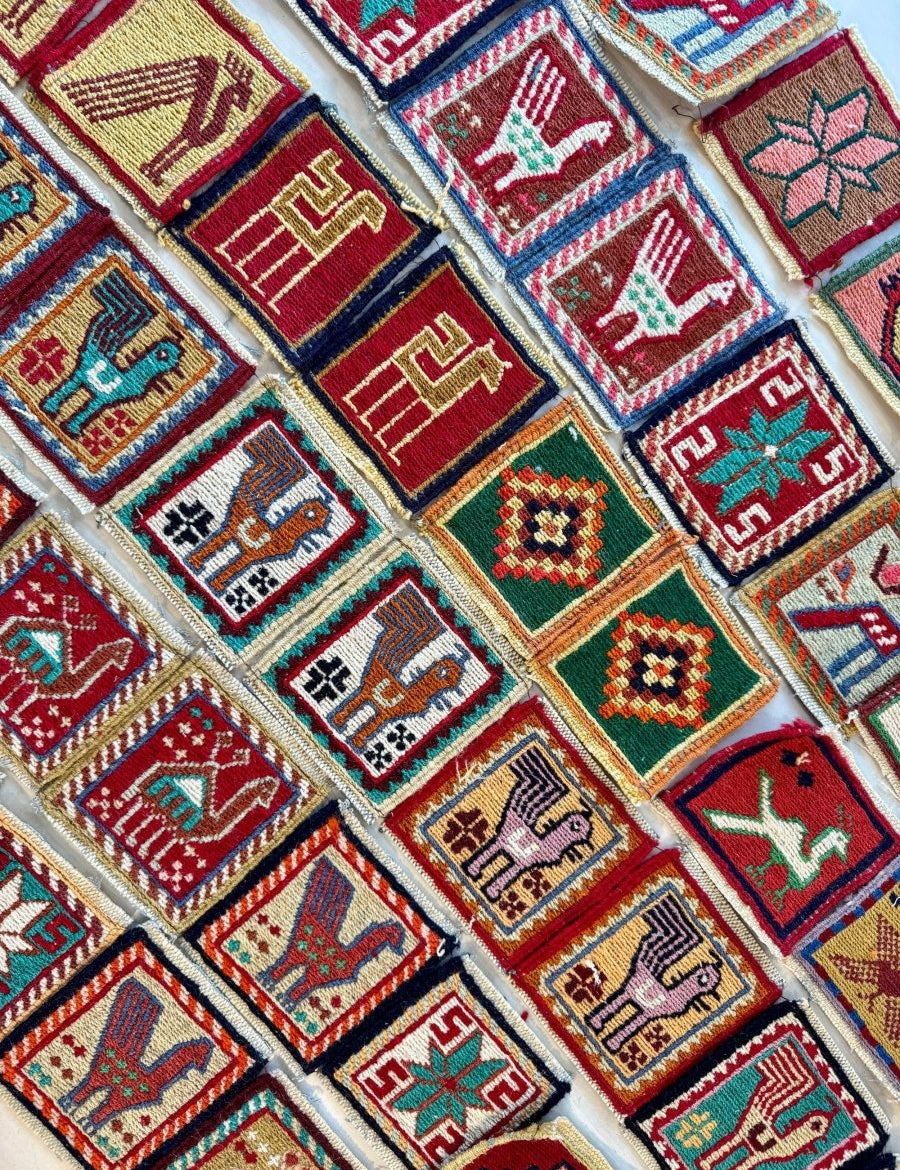
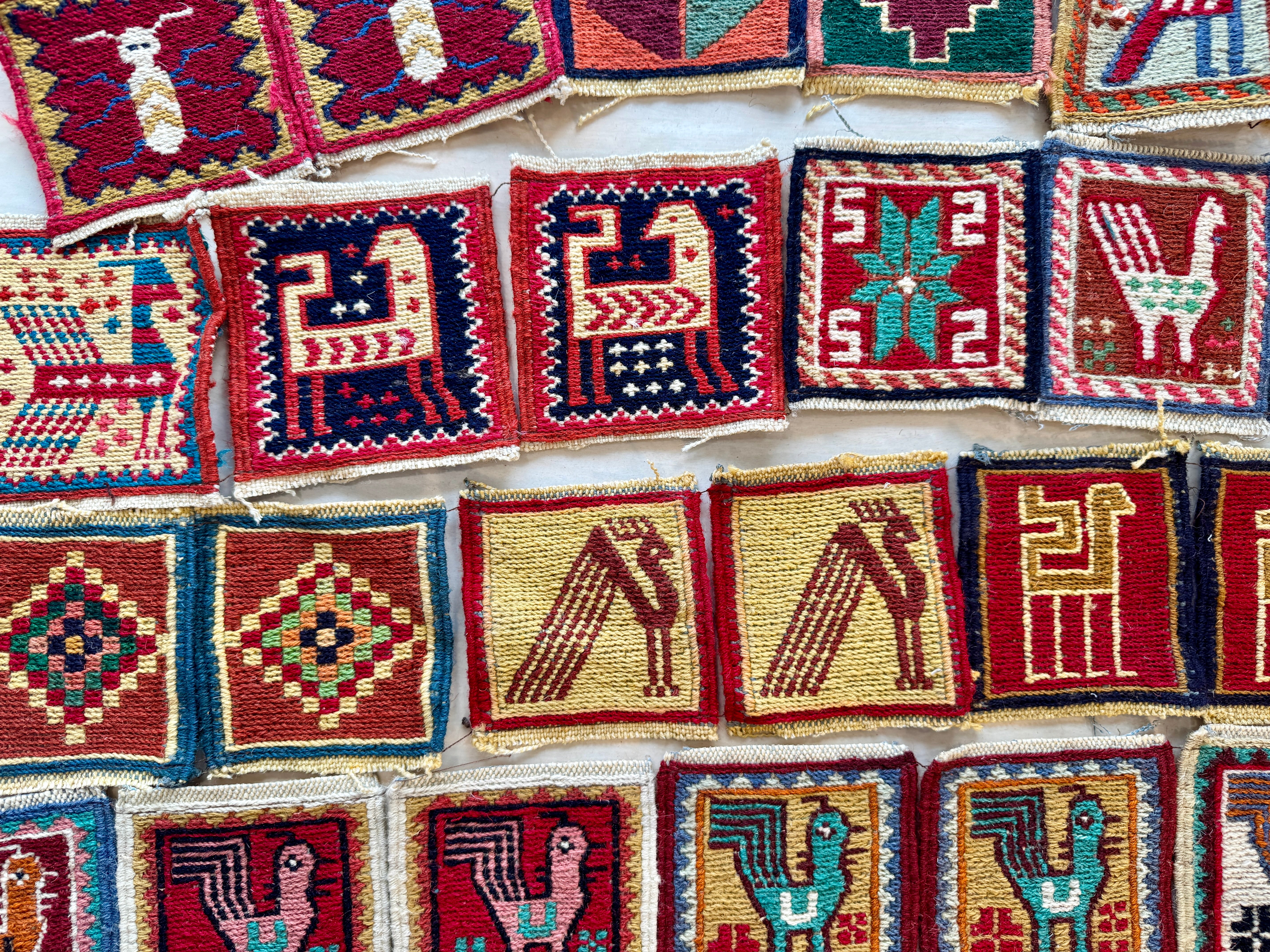
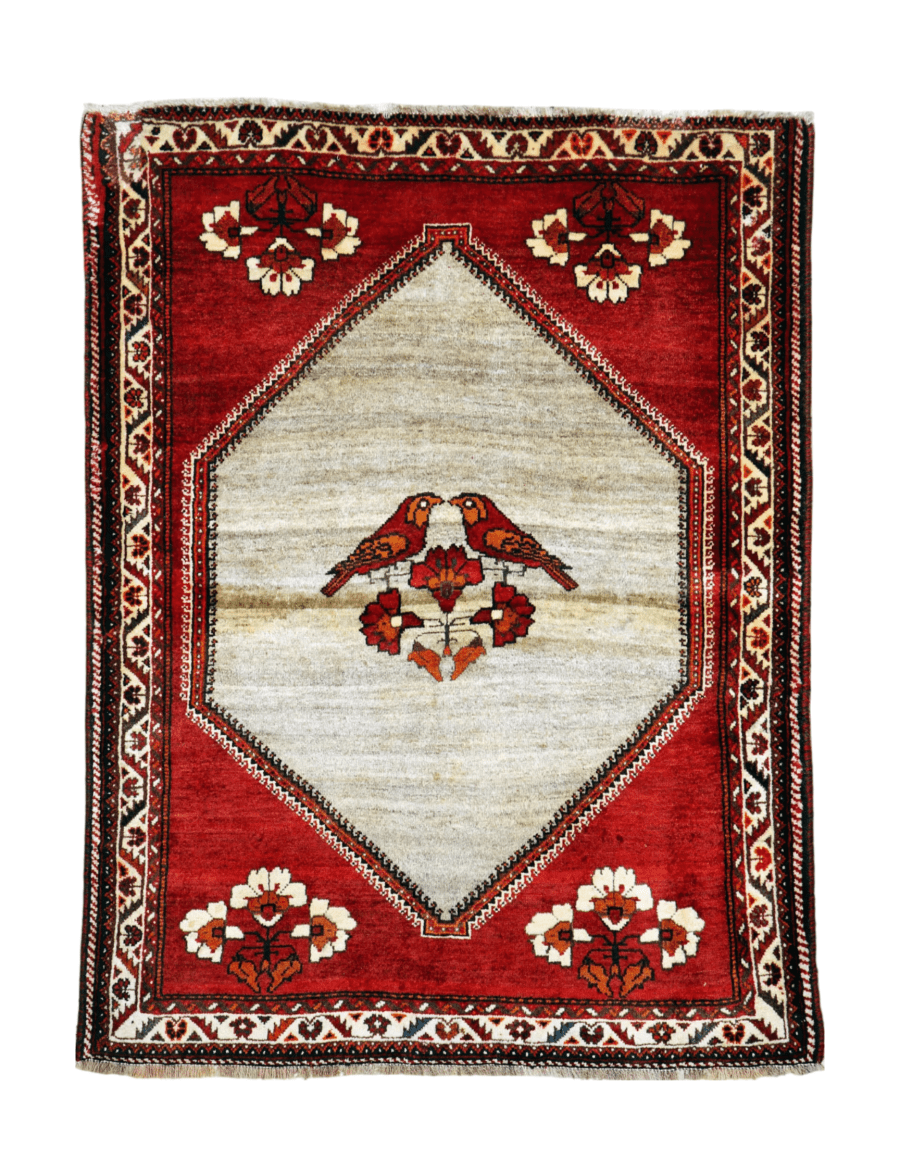
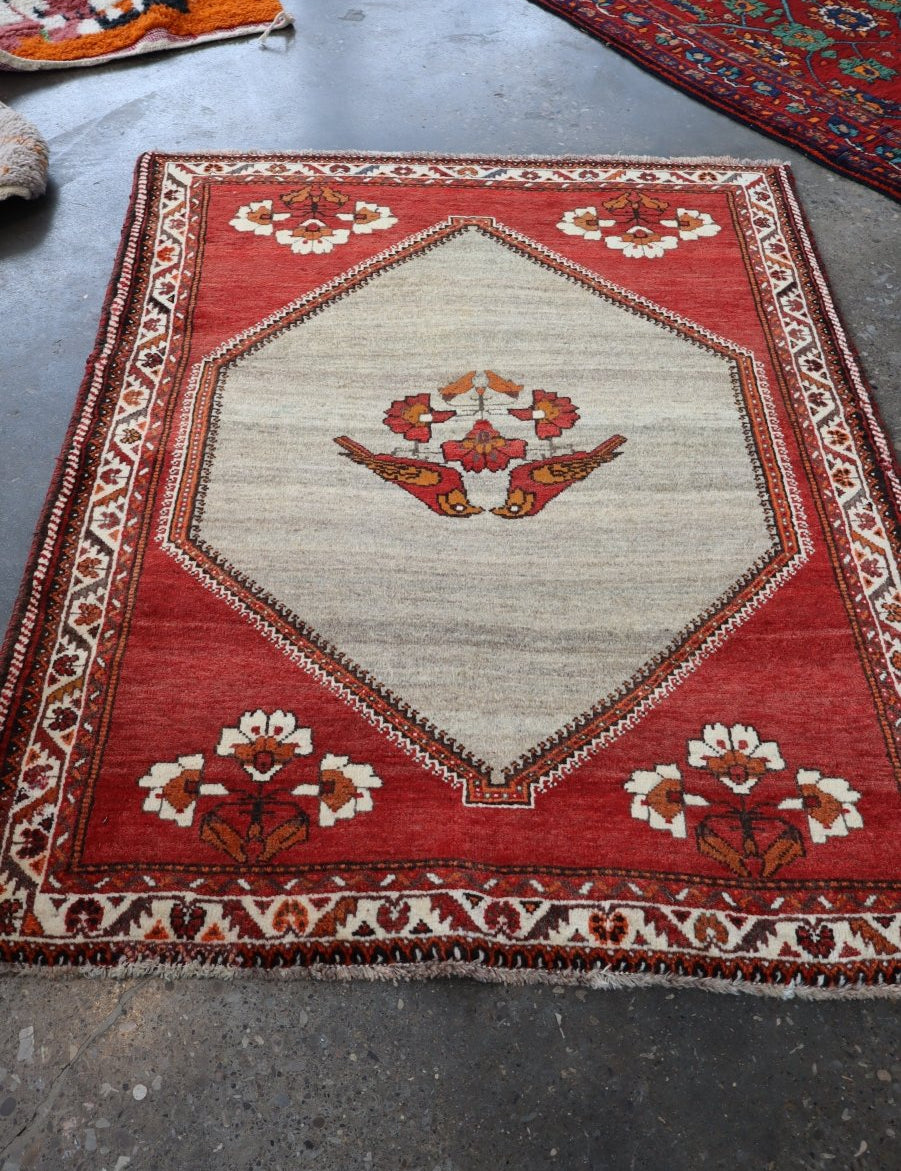
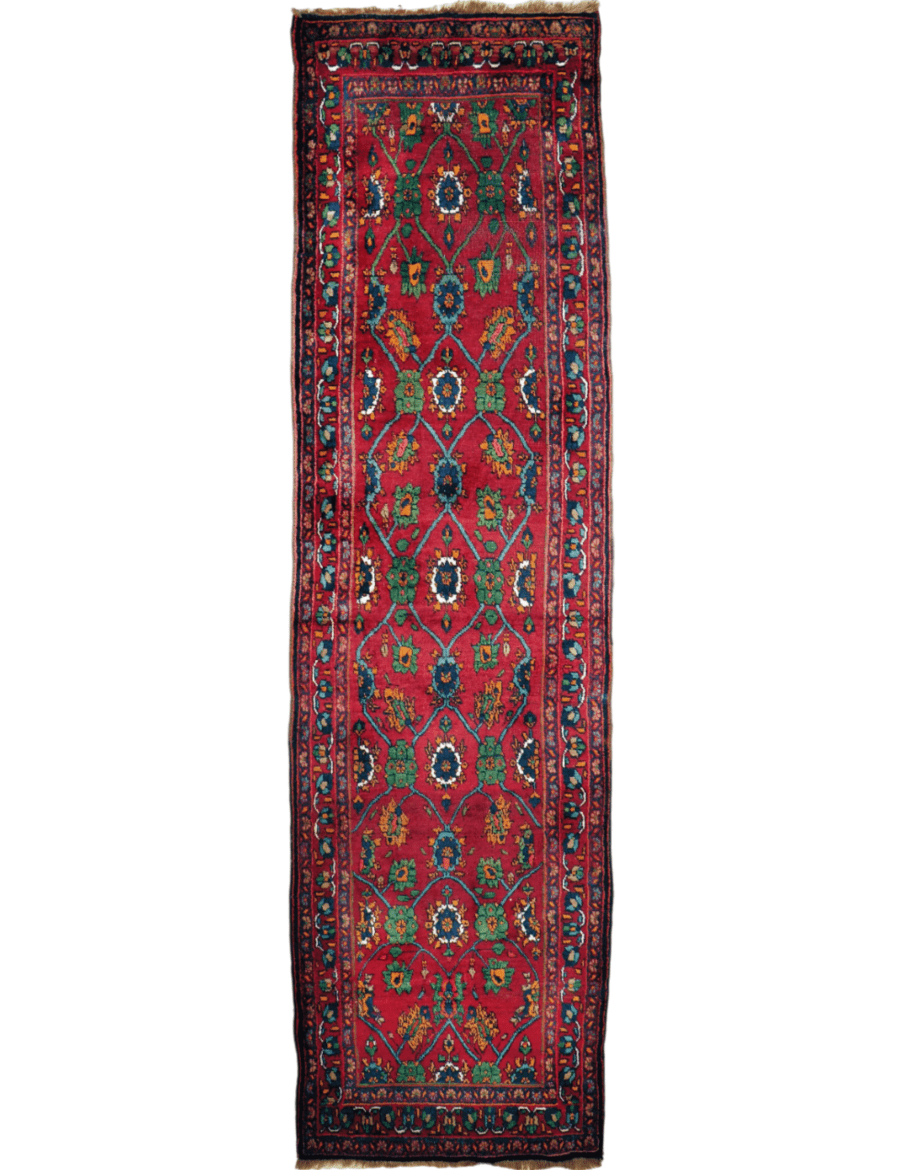

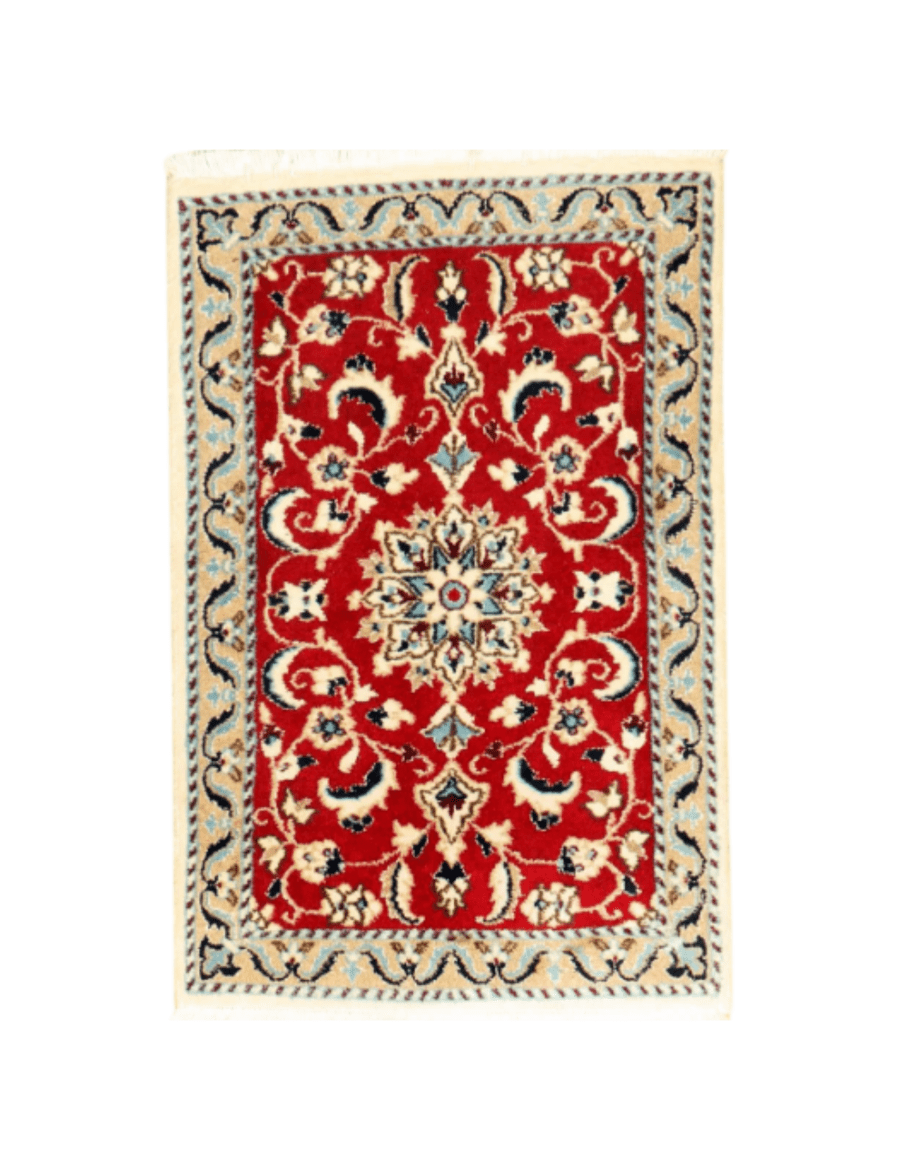
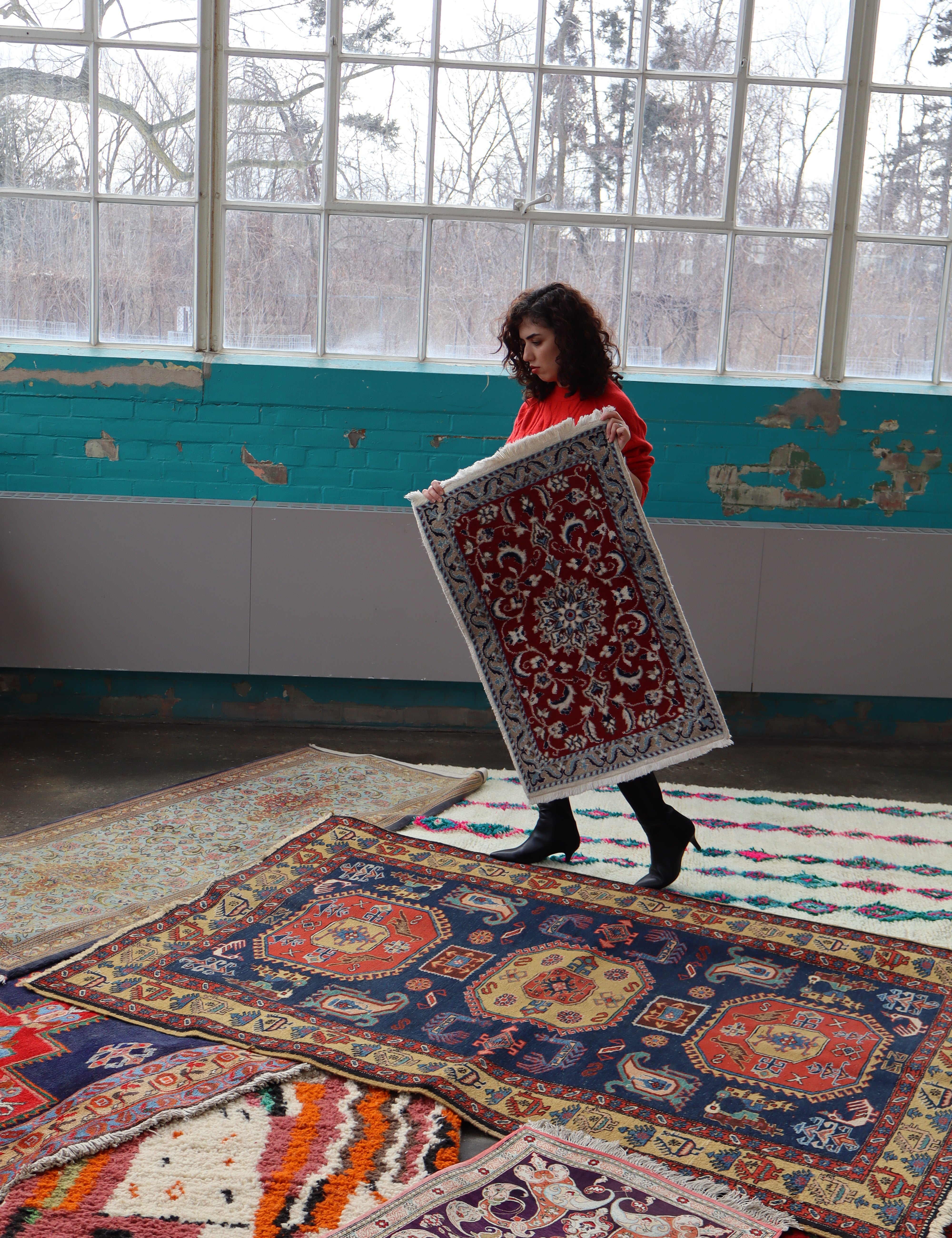
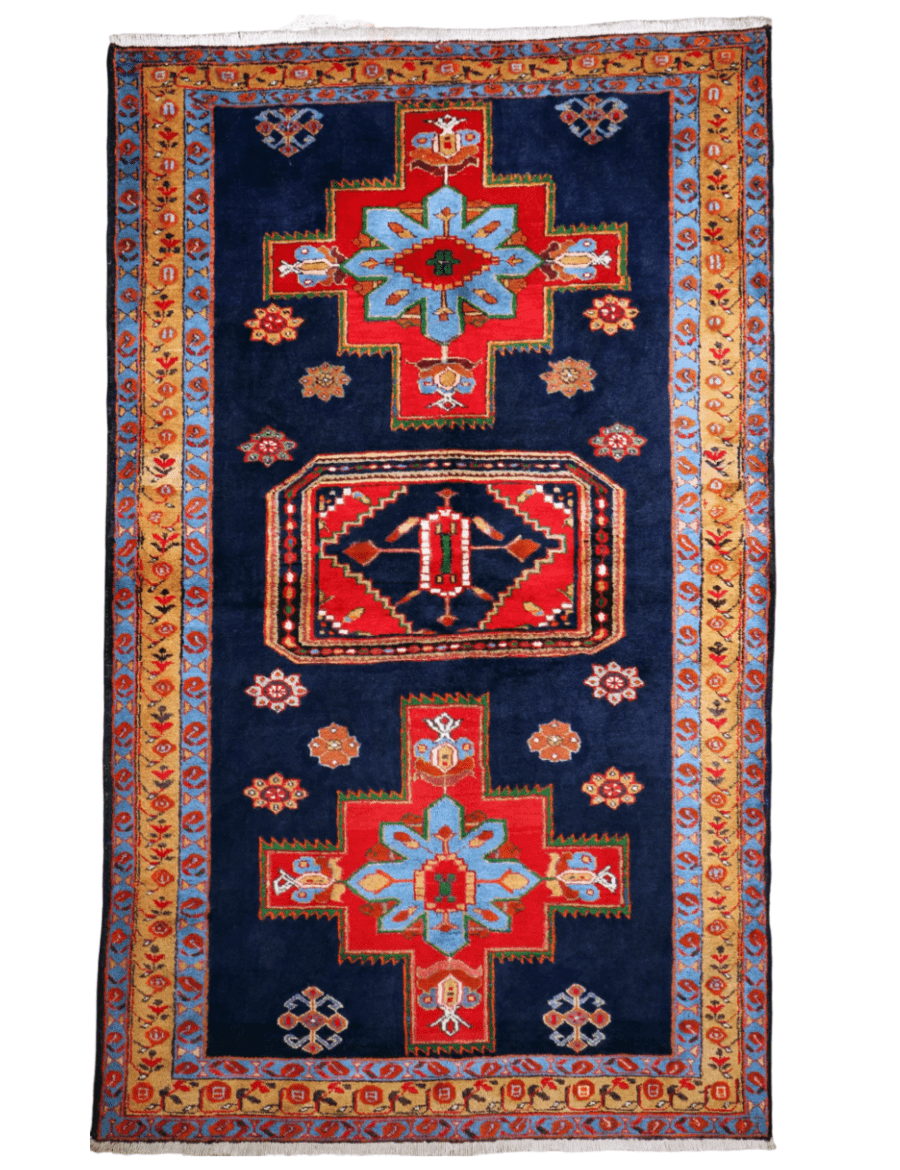
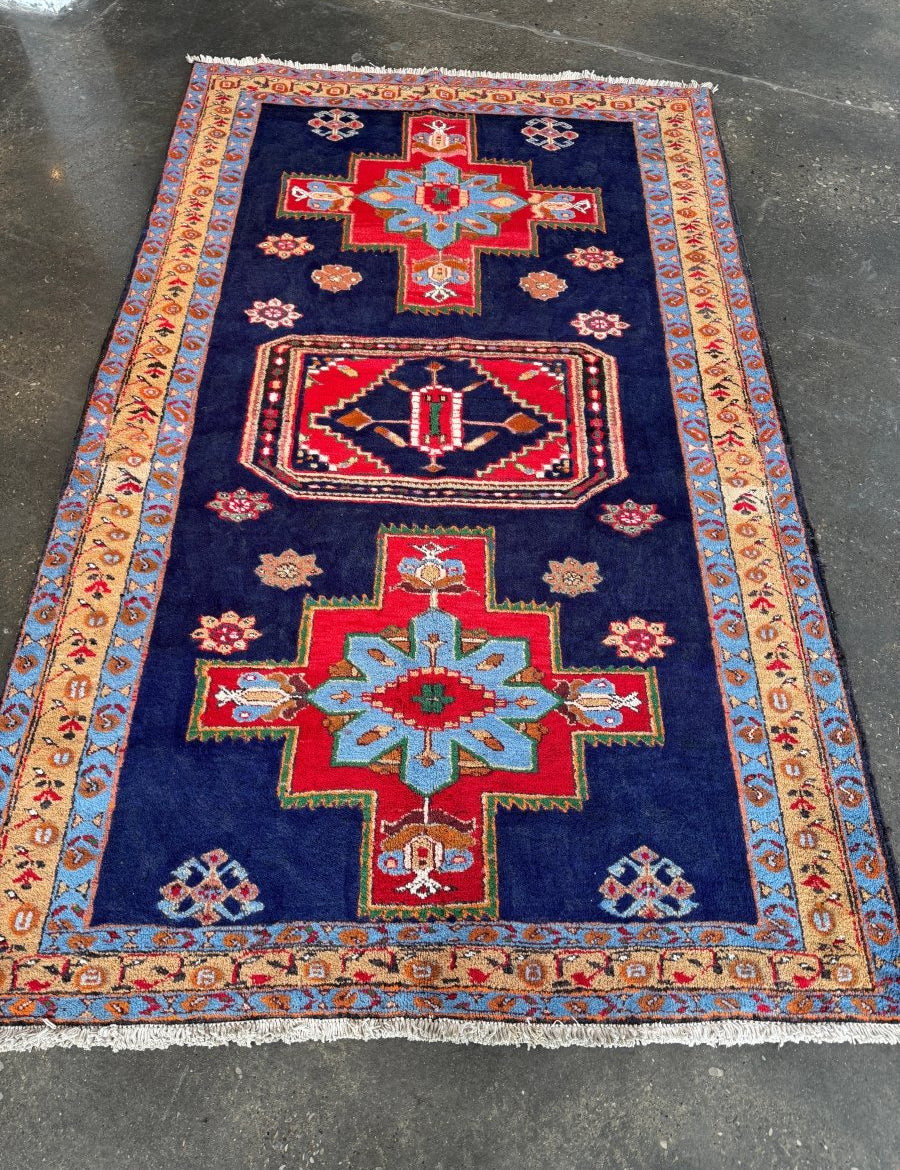
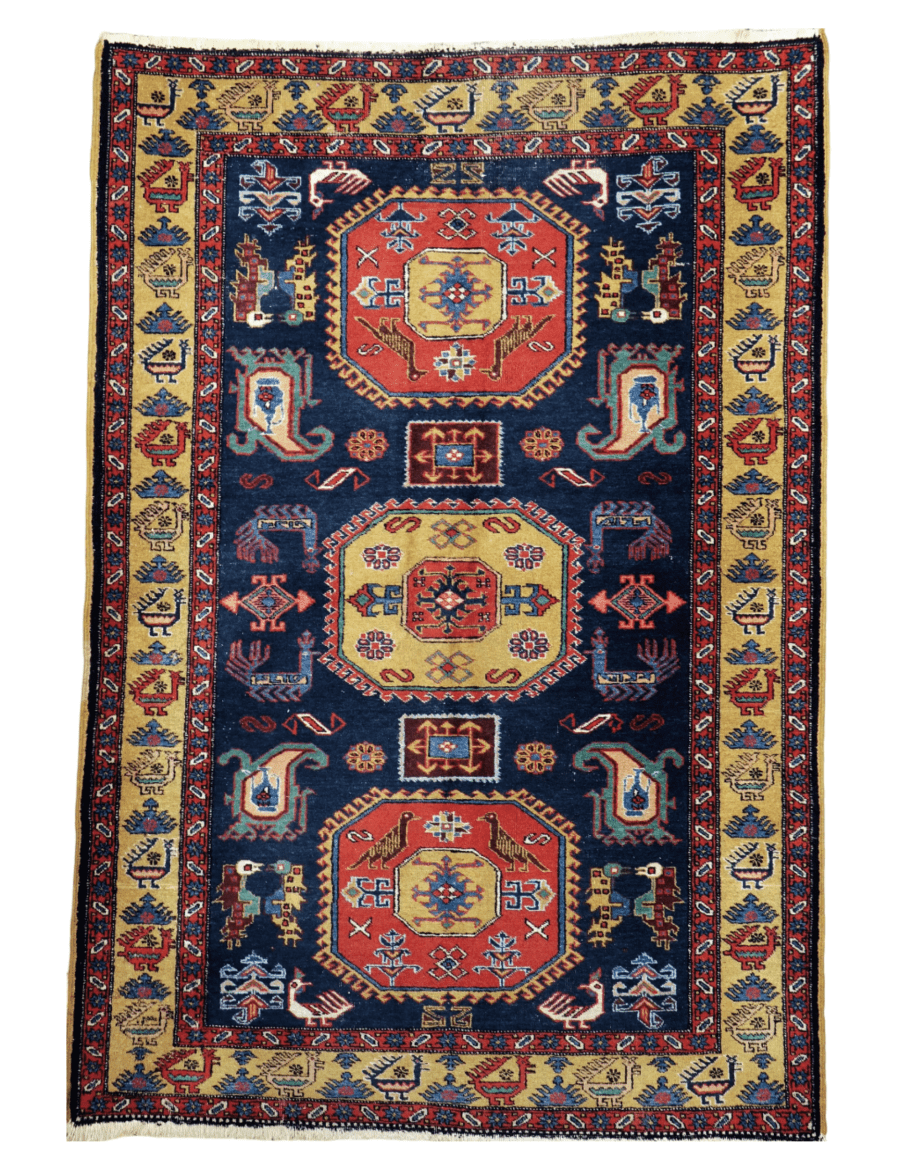
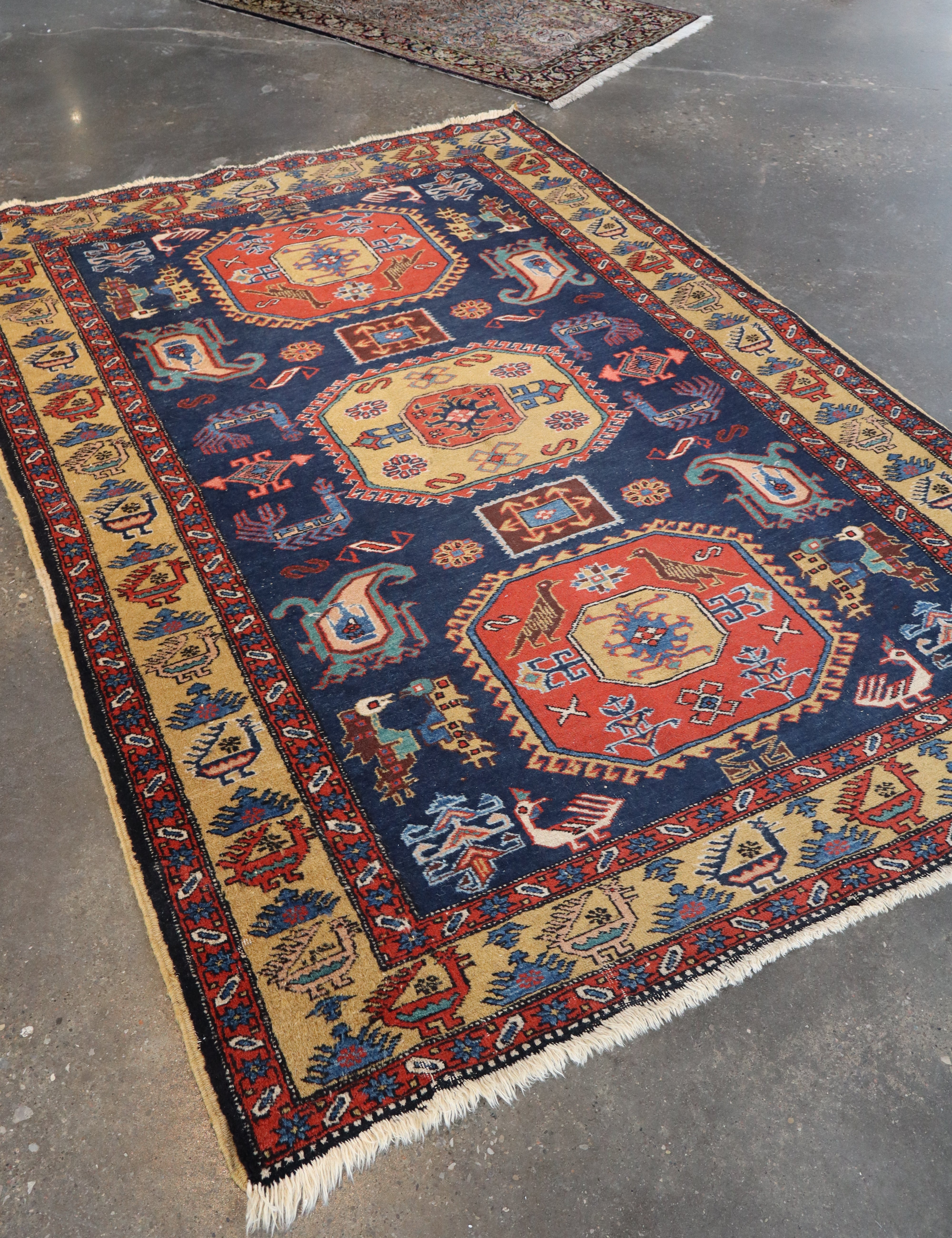
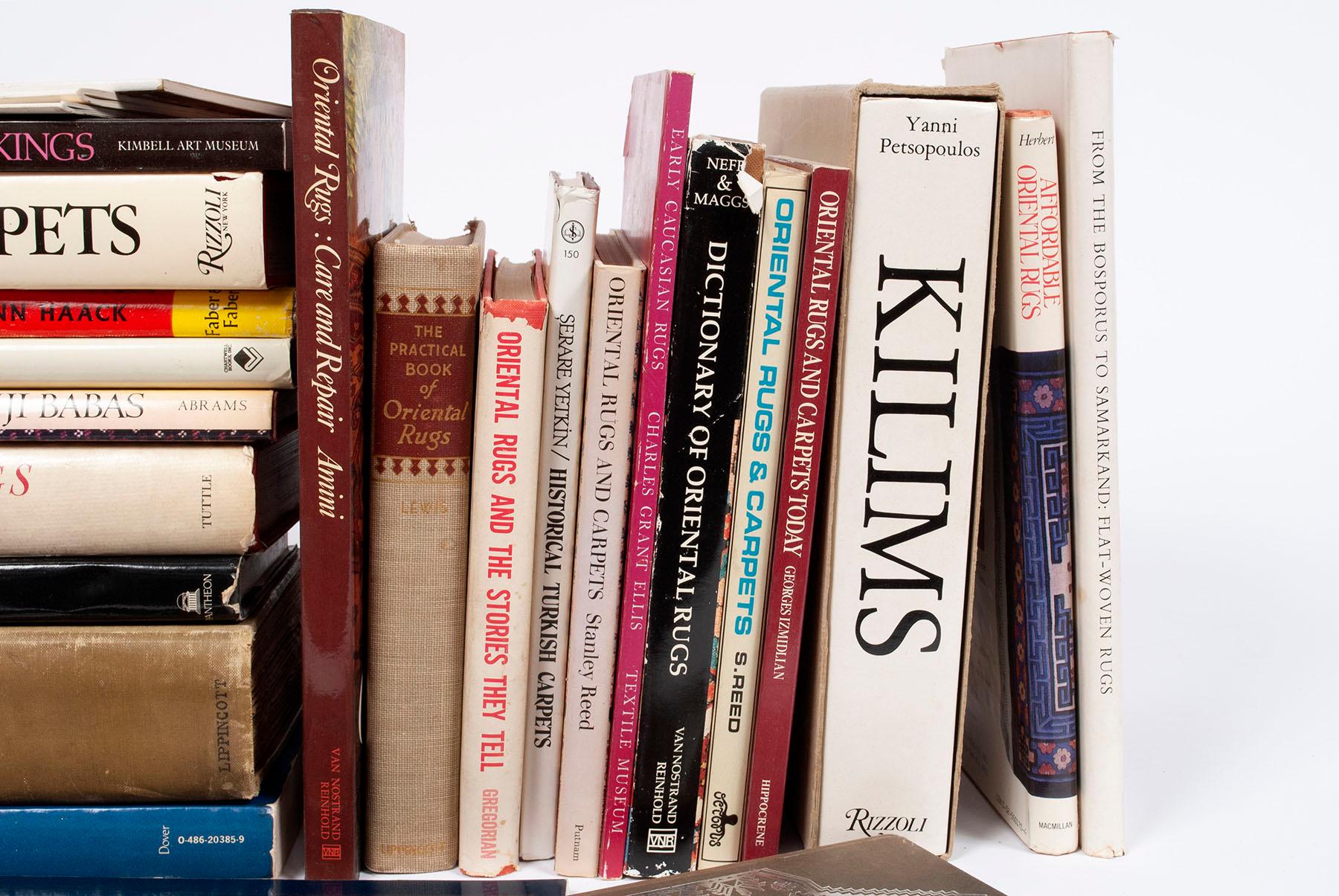




Leave a comment